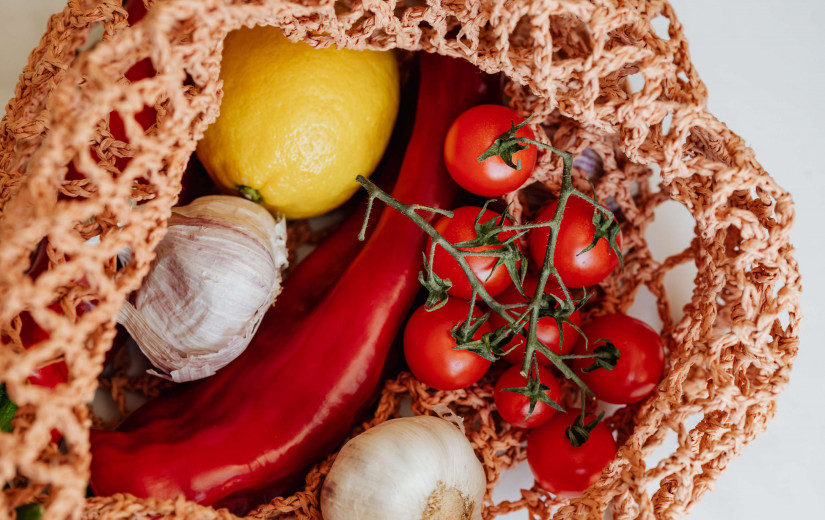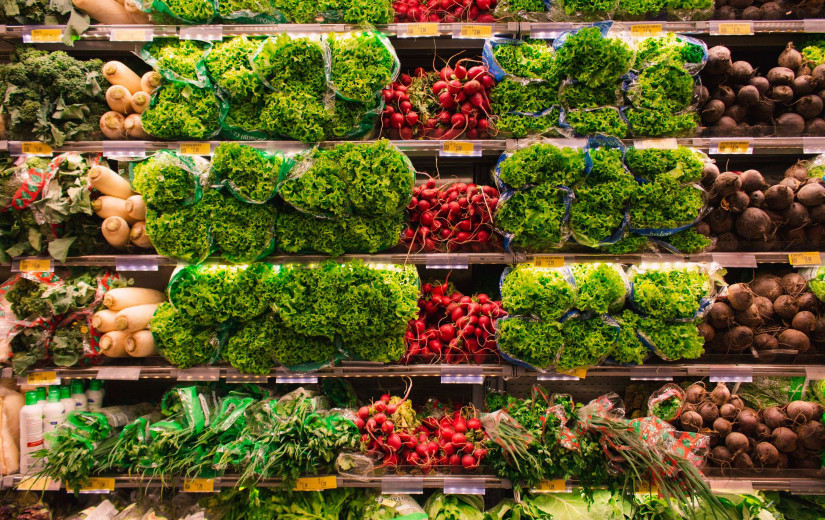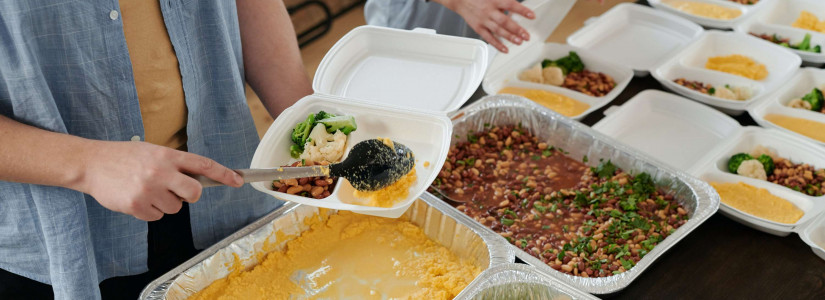Food Assistance Program SNAP Fails to Cover Meal Costs for the Average American Families
The Urban Institute's recent study, financially supported by the Robert Wood Johnson Foundation, has disclosed a significant gap between the food budget provided by the Supplemental Nutrition Assistance Program (SNAP) and the actual cost of an affordable meal in the United States.
In 2023, it was reported that SNAP benefits fell short in 98% of American counties, presenting a challenge for families trying to stretch their food dollars.
The study sheds light on the particularly acute discrepancies noted in urban centers such as New York County, and affluent rural counties including Teton County and Dukes County, where the gap exceeds 70%. Elaine Waxman from the Urban Institute noted that this disparity exacerbates food insecurity, particularly amid inflation.
As officials debate the future of the Farm Bill, which includes SNAP funding, concerns are mounting over proposals that suggest cuts to its budget, particularly in light of Chairman Glenn "GT" Thompson's suggested $30 billion reduction over 10 years. Critics argue that these cuts fail to consider inflationary pressures and the prevailing need for food assistance.
On the flip side, though, there's a ray of hope emerging from the advocacy front. There's a robust call to action for revising and strengthening the SNAP program, with an emphasis on enhancing the assistance to more accurately reflect the real-world cost of a nutritious diet.
Community leaders, policy experts, and social organizations are voicing their commitment to reforming SNAP to provide better food security, particularly to the vulnerable segments such as children and marginalized communities.
As conversations around the Farm Bill evolve, optimism grows for the potential amendments that could emerge—shifts in the policy that prioritize the dietary needs and well-being of Americans, assuring that adequate and healthy food is within reach for everyone.
This pivotal time could lead to a transformative approach in eradicating hunger and promoting nutrition equity nationwide.
-
Need more articles about SNAP benefits and how to access them? Check these out:
In 2023, it was reported that SNAP benefits fell short in 98% of American counties, presenting a challenge for families trying to stretch their food dollars.
The study sheds light on the particularly acute discrepancies noted in urban centers such as New York County, and affluent rural counties including Teton County and Dukes County, where the gap exceeds 70%. Elaine Waxman from the Urban Institute noted that this disparity exacerbates food insecurity, particularly amid inflation.
As officials debate the future of the Farm Bill, which includes SNAP funding, concerns are mounting over proposals that suggest cuts to its budget, particularly in light of Chairman Glenn "GT" Thompson's suggested $30 billion reduction over 10 years. Critics argue that these cuts fail to consider inflationary pressures and the prevailing need for food assistance.
On the flip side, though, there's a ray of hope emerging from the advocacy front. There's a robust call to action for revising and strengthening the SNAP program, with an emphasis on enhancing the assistance to more accurately reflect the real-world cost of a nutritious diet.
Community leaders, policy experts, and social organizations are voicing their commitment to reforming SNAP to provide better food security, particularly to the vulnerable segments such as children and marginalized communities.
As conversations around the Farm Bill evolve, optimism grows for the potential amendments that could emerge—shifts in the policy that prioritize the dietary needs and well-being of Americans, assuring that adequate and healthy food is within reach for everyone.
This pivotal time could lead to a transformative approach in eradicating hunger and promoting nutrition equity nationwide.
-
Need more articles about SNAP benefits and how to access them? Check these out:

















